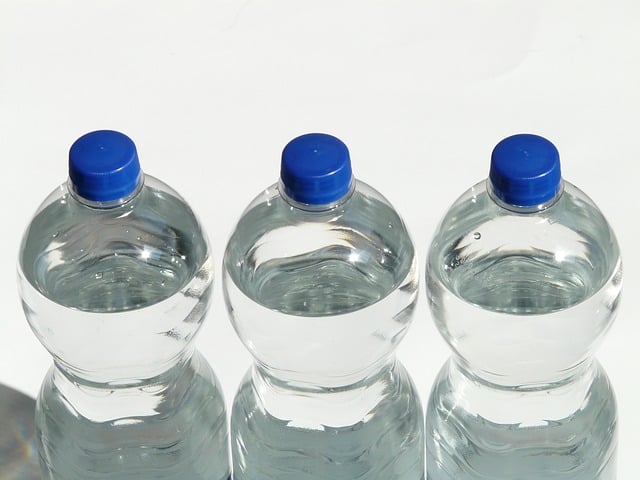
Ethylene is used for the production of polyethylene and other plastics.
Ethylene is a gas used for welding metals . It is a colorless chemical compound that is characterized by its high flammability.
According to etymology , the concept of ethylene is formed with the term ethyl and the suffix -ene . While an ethyl is a radical of ethane , the ending -ene refers to hydrogen carbides .
What is ethylene
Ethylene is formed with four hydrogen atoms and two carbon atoms , the latter linked together through a double bond. Its use in the industrial field is very widespread since it has multiple uses.
Obtaining ethylene, which is also called ethene , is done by cracking . This technique , known in English as cracking , consists of using an increase in temperature and, sometimes, catalysts to cause the breakdown of the molecules of certain hydrocarbons.
It is worth remembering, at this point, that ethylene comes from ethyl, the radical of ethane. Ethane, in turn, is a hydrocarbon that is made up of six hydrogen atoms and two carbon atoms.
Uses of the compound
The most common use of ethylene is linked to the production of polyethylene , styrene and other polymers . In this way we find ethylene derivatives in many everyday products, such as various plastics and solvents .
Ethylene is also used for welding and cutting metals and is used as a coolant . In the field of agriculture , it is used as a plant growth stimulant and to control the ripening of certain fruits.
Ethylene oxide, meanwhile, is used to carry out sterilization and fumigation tasks. However, this substance can cause DNA damage and cause cancer , so it should only be used in small quantities and under strict controls.

Ethylene accelerates the ripening of bananas and other fruits.
Ethylene in biology
It is important to mention that ethylene is also a hormone synthesized by plants. It occurs naturally and is involved in numerous processes in plant development.
Many plant responses are stimulated by ethylene, such as fruit ripening and latex secretion . Ethylene also intervenes in the definition of the aroma and color of the fruits.
It can be said that ethylene is one of the major factors responsible for the growth and subsistence of flora. This hormone is responsible for inducing seed germination and promoting senescence of flowers and leaves , for example.
Climacteric and non-climacteric fruits
Climacteric fruits are those that, in response to ethylene, ripen. The banana ( plantain , cambur or banana ), pear , plum and apple are among these fruits, which reach their maximum point in ethylene generation at the moment prior to the increase in respiration that occurs in the ripening phase. .
Non-climacteric fruits such as watermelon , cherry and grapes , on the other hand, do not produce ethylene or increase their respiration in the stage prior to ripening. That is why they no longer continue to mature when separated from the plant .
Because the ethylene released by climacteric fruits reaches the fruits that are around them, the gas accelerates their decomposition . Ethylene, thus, generates million-dollar losses at an industrial level.
